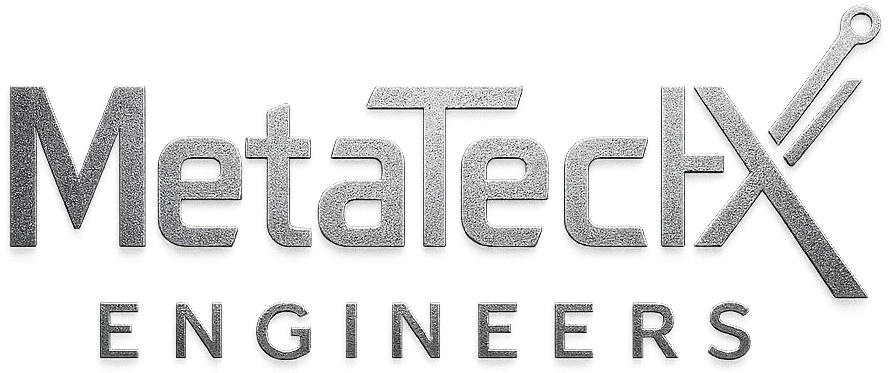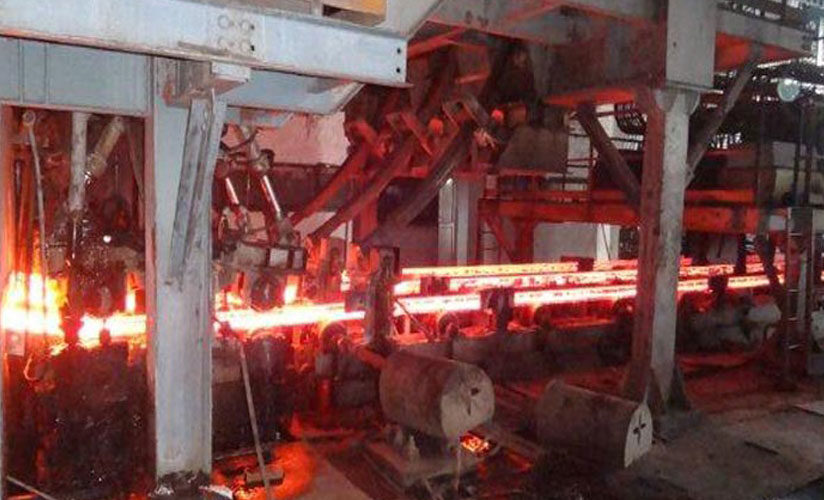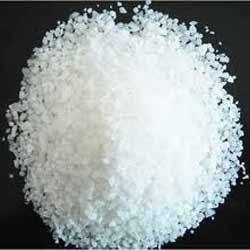Strip Rolling in Hot Rolling Process: A in-short Overview by Meta TechX Engineers
Introduction -: Strip rolling is a crucial step in the hot rolling process, which involves transforming metal Billets or Slabs into thin strips of various dimensions. Meta TechX Engineers aims to provide a comprehensive understanding of strip rolling, from the initial steps to the completion of the entire process. We will delve into the calculations involved in strip rolling and shed light on its significance in the metal industry.
What is Strip Rolling?
A strip, in the context of hot rolling, refers to a thin and elongated piece of metal with uniform thickness. Strip rolling is a method used to reduce the thickness of metal sheets while maintaining its width. It is achieved by passing the metal material between a series of rotating rolls, applying pressure to compress and shape it into the desired dimensions.
The Process of Strip Rolling
Strip rolling encompasses several stages, each contributing to the final product.
Let’s explore the step-by-step process:
Preparation: The hot rolling process begins with preparing the metal, typically in the form of slabs or ingots. The metal is heated to a specific temperature, known as the “recrystallization temperature.” Heating the metal enhances its malleability, allowing for easier deformation during the rolling process.
Reheating: The metal is then reheated to maintain its temperature within the optimal range throughout the strip rolling procedure. This ensures uniformity and facilitates effective deformation.
Roughing Mill: In this stage, the reheated metal is passed through a roughing mill, consisting of multiple rolls. The primary objective here is to reduce the thickness of the metal gradually. The number of passes through the roughing mill depends on the desired final dimensions of the strip.
Finishing Mill : After roughing, the metal strip undergoes further reduction in thickness and improvement in surface quality in the finishing mill. This mill consists of several rolls that work together to achieve the desired thickness and smoothness.
Cooling : Once the strip has reached the desired thickness, it is cooled to ensure its structural stability. Cooling methods may vary, including natural air cooling or the use of water sprays or fans, depending on the specific requirements of the metal.
Coiling : Finally, the cooled strip is wound into coils for further processing or distribution. Coiling allows for easy handling and storage, making it convenient for subsequent manufacturing processes.
Calculations in Strip Rolling
Several calculations play a crucial role in strip rolling to ensure the accuracy and efficiency of the process. Some key calculations include:
Reduction Ratio: The reduction ratio determines the degree of thickness reduction during each pass through the rolling mill. It is calculated by dividing the initial thickness of the metal by the final desired thickness.
Roll Force: Roll force is the force exerted on the rolls during the rolling process. It is essential to maintain proper roll force to prevent equipment damage and achieve the desired strip dimensions. The roll force depends on factors such as the material properties, strip width, and reduction ratio.
Rolling Speed: The rolling speed refers to the speed at which the rolls rotate during the strip rolling process. It is critical to control the rolling speed to prevent material defects and ensure uniform thickness along the strip.
Mill Power: Mill power calculation determines the energy requirements for the rolling process. It considers factors such as the rolling speed, reduction ratio, roll force, and other operational parameters. Accurate mill power calculation is vital for maintaining production efficiency and reducing energy consumption.
Significance of Strip Rolling
Strip rolling plays a pivotal role in various industries, including automotive, construction, and manufacturing. Here are some reasons why it holds significant importance:
Dimensional Accuracy: The strip rolling process allows manufacturers to achieve precise thickness and width control, ensuring dimensional accuracy in the final product.
Improved Mechanical Properties: Through controlled deformation, strip rolling enhances the mechanical properties of the metal, such as strength, hardness, and ductility. This makes the strips suitable for a wide range of applications.
Cost Efficiency: Strip rolling enables efficient mass production by transforming large metal sheets into thin strips. This reduces material waste and lowers production costs in industries that require high volume production.
Versatility: Metal strips produced through the hot rolling process find versatile applications across industries. They can be further processed for various purposes, including manufacturing of automotive parts, electrical components, packaging materials, and more.
We will explore the various types of defects that can occur during strip rolling and provide insights into their causes and solutions.Strip Rolling Defects: A Closer Look
1. Edge Cracks : Edge cracks refer to longitudinal cracks that occur along the edges of the strip. They are a common defect in hot rolling and can negatively impact the strip’s integrity. These cracks are primarily caused by inadequate or non-uniform cooling, excessive tension during the rolling process, or improper rolling mill setup.
To prevent edge cracks, it is essential to ensure uniform cooling, maintain proper tension, and adjust the rolling mill setup according to the specific strip dimensions and material properties.
2. Alligatoring : Alligatoring is a defect characterized by the formation of small-scale cracks resembling an alligator’s skin. This defect is usually associated with the presence of non-metallic inclusions such as oxides, sulfides, or silicates within the metal matrix. These inclusions can weaken the strip’s structure and lead to premature failure under stress.
To mitigate alligatoring, rigorous quality control measures must be implemented to minimize the presence and size of non-metallic inclusions. Proper metal purification techniques and optimized rolling parameters can also help minimize the occurrence of this defect.
3. Warpage : Warpage refers to the deformation of the strip resulting in non-flatness. It can occur during or after the rolling process due to various factors, including uneven cooling, non-uniform reduction in thickness, and residual stresses. Warpage can affect the strip’s dimensional accuracy and make subsequent processing operations challenging.
To control warpage, specific attention should be given to cooling parameters, rolling mill setup, and material composition. Properly designed cooling systems, effective control of reduction ratios, and careful consideration of residual stresses can help minimize warpage.
4. Surface Roughness : Surface roughness is a critical parameter that affects the aesthetic appeal and functional performance of rolled strips. Excessive surface roughness can lead to poor paint adhesion, increased friction, and reduced overall quality. Various factors, such as inadequate lubrication, improper grinding, or a poorly maintained rolling mill, can contribute to an undesirable surface finish.
To achieve a desired surface roughness, it is essential to optimize lubrication and ensure regular maintenance of the rolling mill. Adequate grinding and polishing of the rolls can also play a significant role in reducing surface roughness.
5. Oxide Scale Formation : Oxide scale formation is a common defect that occurs during the hot rolling process. It refers to the presence of a layer of oxide on the strip’s surface, which can compromise its mechanical properties and surface quality. Oxide scale formation is primarily caused by inadequate scale removal mechanisms, improper heating, or insufficient descaling. Efficient descaling techniques, precise temperature control, and effective scale removal processes can help minimize oxide scale formation. Regular maintenance and monitoring of descaling equipment are vital in preventing this defect.
6. Lamination : Lamination refers to the formation of layers or separations within the strip material. It can occur due to various factors, including uneven reduction in thickness, material defects, or improper rolling mill alignment. Lamination affects the strip’s strength, ductility, and overall quality.
To minimize lamination defects, it is crucial to maintain uniform reduction ratios, conduct stringent material inspections, and ensure proper alignment of the rolling mill. Investing in advanced monitoring and control systems can provide real-time feedback on the occurrence of lamination defects.
Conclusion : Understanding the major chemical and physical defects that can occur during strip rolling is essential for ensuring the production of high-quality steel strips. By addressing and mitigating these defects, manufacturers can enhance product performance, reduce waste, and improve overall customer satisfaction. Implementing effective quality control measures, optimizing rolling parameters, and investing in advanced monitoring systems are key steps towards achieving defect-free strip rolling.
Inviting steel Rolling professionals to Join Meta TechX Engineers
Read More posts Meta Blogs




